The aviation industry encompasses almost all aspects of air travel and the activities that help to facilitate it. This means it includes the entire airline industry, aircraft manufacturing, research companies, military aviation, and much more. In this article, you will learn all you need to know about aviation and its industry.
Table of Contents:
- What Is the Aviation Industry?
- Difference Between the Aviation Industry and the Airline Industry
- Why Is the Aviation Industry Important?
- Civil & Military Aviation
- 3 Large Aircraft Manufacturing Companies Within the Aviation Industry
- What Are the Types of Airlines?
- Largest Airline Companies in the World
- 4 Main Business Models for Airlines
- Aviation Management: A Guide to Get You Started in the Aviation Industry
- Aviation Industry: Recruitment Agencies for Management Jobs
- Aviation Industry: An Overview of Different Aviation Careers
- Aviation Jobs: List of Websites to Find Aviation Industry Vacancies
- Aviation Industry Manager: Job Description & Tips for Finding Work
- Aviation Course: A List of Useful Aviation Industry Courses
- Other Related Industries
What Is the Aviation Industry?
The term ‘aviation’ is most commonly used to describe mechanical air transportation, which is carried out using an aircraft. The two main aircraft types are airplanes and helicopters, but most modern definitions of the word ‘aviation’ extend beyond this to include unmanned aircraft, such as drones.
With this in mind, the aviation industry can be described as all the industries that surround these activities.
The Difference Between the Aviation Industry and the Airline Industry
The terms ‘aviation industry’ and ‘airline industry’ are sometimes thought of as being interchangeable, but they do actually describe different things. An airline is a business offering air transportation services for people or cargo, with the airline industry being the collective term used to describe these companies.
However, the airline industry forms just one part of the wider aviation industry. In addition to airlines, the aviation industry includes aircraft manufacturers, researchers, air safety specialists, businesses involved with military aviation, and, increasingly, companies that design, produce, and/or use drones.
Why Is the Aviation Industry Important?
The importance of the modern aviation industry is difficult to overstate. Still, one of the main reasons for this importance is the globalized nature of the industry, helping to connect different continents, countries, and cultures. As a result, global aviation has been key in facilitating efficient travel to distant places, enriching many lives in the process.
The aviation industry has also been a key contributor to global economic prosperity, not only because the tourism industry boosts local economies but also because it has allowed for improvements to global trade.
Meanwhile, the aviation industry also directly provides millions of jobs for people around the world, with examples including everything from pilots and cabin crew to air traffic controllers and aerospace engineers. On top of this, the aviation industry has helped to create many jobs in the wider travel and tourism industry too.
Table: Importance of Aviation Industry to Various Industries
Civil & Military Aviation
The aviation sector has two main flight categories: civil and military. In simple terms, civil aviation refers to all aviation that is not connected to the military. This includes private and commercial air travel, regardless of whether flights carry passengers, cargo, or a combination of the two.
By contrast, military aviation refers to the use of aircraft within military settings. This air transportation is typically designed to enable aerial warfare or perform surveillance operations. The majority of military aviation is related to air forces. However, the concepts of army, navy, and coast guard aviation also exist.
While the categories of civil and military aviation are distinct in most ways, there is a degree of cross-over too. For instance, some airports worldwide help facilitate civil and military aviation, while certain businesses within the aviation industry cater to civil and military aviation clients.
3 Large Aircraft Manufacturing Companies Within the Aviation Industry
Aircraft manufacturing is crucial to the aviation industry, and the following three companies are among the largest:
Within the Aviation industry, Airbus is a large European aircraft manufacturing company that produces aircraft for both the civilian and military aviation markets. Most of its production facilities are in France, Germany, and Spain, while its headquarters is in the Netherlands. It is currently the world’s largest airline manufacturer, while the Airbus A380, used by airlines like Emirates and Lufthansa, is recognized as the world’s largest passenger airliner.
Another large manufacturing company within the aviation sector is Boeing. Based in the United States, Boeing is generally classed as the second-largest airline manufacturer, as well as one of the largest defense contractors in the world. The company headquarters is situated in Chicago, Illinois. In addition to producing commercial and military jets, Boeing is also heavily involved in manufacturing spacecraft. Some of its best-known commercial airplane models include the Boeing 737, the Boeing 747, and the Boeing 777.
Lockheed Martin has its headquarters in Maryland, in the United States. Within the aviation industry, Lockheed Martin is recognized as the world’s largest defense contractor, specializing in military aviation and producing fighter and reconnaissance aircraft for air forces worldwide. The company was formed through a merger between Lockheed Corporation with Martin Marietta, and some of its best-known airplanes have included the F-16 Fighting Falcon and the F-35 Lightning II.
More Aircraft Manufacturing Companies
In the article “Aerospace Companies: List of Aircraft and Spacecraft Manufacturers”, you’ll find a complete overview of aircraft manufacturers.
What Are the Types of Airlines?
Airlines can be broadly divided into three main types, which can be described as follows:
1. International
As the name suggests, these airlines operate internationally, offering flights to multiple overseas destinations on top of their domestic services. Also known as “major airlines”, they include the industry’s biggest names, such as American Airlines and Delta Air Lines, and tend to operate with a significant fleet of large aircraft. In many cases, they make billions in annual revenue and will often employ tens of thousands of people.
2. National
Although national airlines are smaller than their international counterparts, they may still offer some overseas services. However, they are primarily connected to a single country, often with all of their main hubs there, and will usually focus more on facilitating domestic air travel. They generally operate with a fleet of medium-to-large aircraft and will bring in hundreds of millions in annual revenue while employing thousands of people.
3. Regional
Regional airlines are smaller than international and national ones, typically focusing on the kinds of areas that do not receive much (or any) service from those airlines. Their annual revenue is usually less than 100 million, they tend to have smaller fleets and use aircraft with fewer than 100 passenger seats. In some cases, regional airlines partner with larger airlines, helping to transport customers to major hubs for connecting flights.
Largest Airline Companies in the World
Although there are a number of ways to measure the largest airlines in the world, one of the most frequently used metrics is revenue passenger kilometers (RPKs). It is calculated by multiplying the number of annual revenue passengers by the total distance traveled. Using this metric, the following airlines currently come out on top:
–
Widely recognized as the world’s largest airline, not only in terms of revenue passenger kilometers, but also in terms of fleet size and total passengers carried, American Airlines has been offering passenger services since 1936. The company is based in Fort Worth, Texas, and is a member of the Oneworld airline alliance.
American Airlines operates with a fleet of nearly 1,000 aircraft, flies to almost 100 international destinations, and handles more than 200 million annual passengers. Its largest hub is Dallas/Fort Worth International Airport.
Within the aviation industry, Delta Air Lines is a legacy carrier airline that has been offering passenger services since 1929. The company has its headquarters in Atlanta, Georgia, and provides services to more than 200 million passengers annually, operating with a fleet of around 900 aircraft. Its main hub is Hartsfield–Jackson Atlanta International Airport.
The airline offers flights to more than 300 destinations spread across 50 different countries. Delta is also recognized as the largest member of the SkyTeam airline alliance.
Offering passenger flights since 1931, United Airlines has a fleet of around 800 aircraft and serves more than 300 destinations. It is widely recognized as the third largest airline in the world, and its headquarters is located in Chicago, Illinois, with Chicago O’Hare International Airport serving as its largest hub.
United Airlines caters to more than 150 million annual passengers and is a key member of the Star Alliance.
Emirates is a state-owned airline based in the city of Dubai, United Arab Emirates. It has been offering passenger services since 1985 and, in addition to being the fourth largest airline in the world, as measured by RPKs, it is also the second-largest airline in the world when it comes to the movement of cargo or freight.
The airline operates with a fleet of more than 250 aircraft, provides flights to more than 80 countries and has its main hub at Dubai International Airport. It is not a member of any airline alliance.
Southwest Airlines is a low-cost airline within the aviation sector which has been offering passenger services since 1971. Regarded as the largest low-cost carrier in the world, the company has a fleet of more than 700 aircraft and offers flights to around 100 destinations – most of which are in the United States, Mexico, and Central America.
The company’s headquarters is situated in Dallas, Texas, and it has a total of 11 crew bases throughout the United States. However, Southwest Airlines operates via point-to-point transit rather than using a hub system.
China Southern Airlines has its headquarters in the city of Guangzhou and has been offering passenger services since 1988. The airline has a more than 600 aircraft fleet, provides flights to more than 200 global destinations, and is recognized as the largest airline in Asia based on RPKs, fleet size, and the total number of annual passengers.
It has hubs at Beijing Capital International Airport, Beijing Daxing International Airport, and Guangzhou Baiyun International Airport. Until 2020, China Southern was part of the SkyTeam airline alliance.
Based in Dublin, Ireland, Ryanair is a low-cost airline within the aviation sector, which has been offering commercial flights since 1985. Its main operational bases are Dublin Airport and London Stanstead, and the company has several sister airlines, including Malta Air and Lauda. In total, the airline has a fleet of more than 300 aircraft.
Ryanair is especially notable for offering more routes and carrying more international passengers than any other airline worldwide, including the likes of American Airlines and Delta Air Lines.
Founded in 1919, KLM Royal Dutch Airlines is the longest-running, continually operating airline worldwide. It is also the national flag carrier for the Netherlands and forms part of the Air France-KLM Group, with the two airlines being the subject of a business merger in 2004. The main airport hub for KLM is Amsterdam Airport Schiphol.
KLM is one of the big names within the aviation industry and forms part of the SkyTeam alliance. It operates with a fleet size of 100+ aircraft and provides services to more than 120 destinations across 70 nations.
Founded in 1933, Turkish Airlines is the flag carrier for Turkey and is notable for serving more non-stop destinations than any other major airline in the world. The airline provides flights to more than 300 destinations across five continents and more than 120 countries. The company currently has a fleet of more than 380 aircraft.
Turkish Airlines has its headquarters in Atatürk Airport, Istanbul. In addition, it has a major cargo division, serving around 80 destinations, making it one of the biggest names across the entire aviation industry.
4 Main Business Models for Airlines
The aviation market is extremely diverse; airlines, in particular, each have its own approaches. With that being said, the majority of airlines follow one of the four main business models:
1. Full-Service
Full-service carriers are often either former state-owned flag carriers, which have since been privatized, or airlines that are still under state ownership. However, this is not always the case in all parts of the world. Instead, the defining characteristic is the provision of a full range of services, which are included with the price of a ticket.
This means passengers receive their baggage allowance and any in-flight meals at no additional cost. Most full-service carriers have a customer loyalty scheme, rewarding frequent flyers, while lounge services at airport hubs may also be on offer. Examples include American Airlines, Emirates Airlines, and British Airways.
2. Low-Cost
As the name suggests, the low-cost model is based on the idea of reducing operating costs and selling airline tickets based on the appeal of a lower price. To provide these lower prices, however, many of the additional services included with the price of a full-service airline ticket are either not offered or sold as optional extras.
In-flight meals are not included with the ticket price, with food and drink sold separately on the flight, often above standard market value. Passengers will also typically pay extra for baggage and may not book a specific seat on the plane, choosing seats when they board instead. Examples include Ryanair and Southwest Airlines.
3. Charter
The charter business model tends to be focused very strongly on seasonal tourists. Rather than selling individual airline tickets to passengers, charter airlines will generally enter into a working relationship with appropriate travel agencies, travel management companies, and tour operators, who then fill the planes.
This means that a charter airline will operate services to destinations with significant demand, and travel agents will try to book as many people on those flights as possible. One of the most notable examples of a charter airline is TUI Airways. In terms of services, they sometimes offer a middle ground between full-service and low-cost models.
4. Cargo/Freight
Lastly, cargo/freight airlines primarily or exclusively involve transporting goods via the air. These flights are often scheduled overnight. Some companies are solely focused on transport from one airport to another, while others are actively involved in the subsequent movement of goods across land.
Well-known carriers that are exclusively focused on cargo and freight include UPS Airlines, FedEx Express, and DHL Aviation. However, some of the largest cargo airlines in the world are subsidiaries of airlines that also offer passenger services. Examples of this include Emirates SkyCargo, Delta Air Freight, and China Cargo Airlines
Aviation Management: A Guide to Get You Started in the Aviation Industry
Management roles within the aviation industry tend to have high entry requirements, and, as a result, you may need to take the time to complete an aviation management Bachelor’s or Master’s degree to be eligible. Crucially, these courses equip you with the relevant expertise and allow you to find work with some of the leading employers around.
Read the “Aviation Management: A Great Guide to Start Your Career in Aviation“ article, where you can learn more about these courses and some of the benefits of an aviation management career.
Aviation Industry: Recruitment Agencies for Management Jobs
Recruitment agencies are the best channels for finding aviation management jobs online. This is because they tend to have excellent contacts within the aviation industry, giving them access to jobs that are not promoted on other platforms. These relationships also mean they understand what employers are really looking for.
Check out “Aviation Management Jobs: List of Recruitment Agencies To Find a Job!” you can learn much more about the benefits of recruitment agencies and the main companies to turn to for assistance.
Aviation Industry: An Overview of Different Aviation Careers
The aviation industry is able to offer many possible career paths. Indeed, part of its appeal is the fact that there are potential aviation careers for almost anyone, no matter what stage of your career you are at, regardless of the qualifications you possess and irrespective of your previous work experience.
Check out “Aviation Careers: An Overview of Different Aviation Positions” for a closer look at the main job roles available within the aviation industry, along with job descriptions for each.
Aviation Jobs: List of Websites to Find Aviation Industry Vacancies
The aviation industry has a lot of different career options to offer, but you will need reliable ways actually to find vacancies. Among the best options are the websites of companies operating in the industry, recruitment agencies that place emphasis on aviation jobs, specialist job boards, and LinkedIn.
Read the “Aviation Jobs: Overview of Sites to Find Aviation Vacancies” article, where you will find a list of some of the best options within each category, allowing you to conduct a complete job search.
Aviation Industry Manager: Job Description & Tips for Finding Work
The role of an aviation manager is one of the most senior positions in the aviation industry, and you will need to build up significant experience before applying. Beyond this, it can be beneficial to understand as much as you can about the nature of the role, the qualifications you will need, and the duties involved.
Check out the “Aviation Manager Job Description & Tips to Find the Job!” article, where you can find out all of this information and access some useful insights for finding a vacancy too.
Aviation Course: A List of Useful Aviation Industry Courses
The aviation industry offers a wide range of career options, which also means there are many aviation courses to choose from. Many of these courses are ideal for equipping you with the skills you need for an entry-level role, while others may help you to advance to a more senior position.
If you want to learn more about the various aviation industry courses and the websites you can use to find them, read the “Aviation Course: A Comprehensive List of Courses & Aviation Educators” article.
Aviation Industry FAQs
Essentially, the aviation industry incorporates all businesses directly involved with facilitating mechanical air travel. While the aviation sector serves a key role, it is important to remember that it also includes military aviation companies, aircraft manufacturers, and other businesses.
Want to Learn More About Related Industries?
The travel industry exists out of many other industries, like the hotel, hospitality, and airline industry. All these industries have in common that they are large service industries worldwide and increasingly important in the modern age. In the following articles, you learn more about related industries.
- Hotel Industry; An Overview of All Different Types of Accommodations
- Hospitality Industry; Everything You Need to Know About Hospitality
- Tourism Industry; Everything You Need to Know About Tourism
- What is the Difference Between the Travel and Tourism Industry?
- Travel Industry; An Overview of One of the Largest Service Industries
- Everything You Need to Know About the Cruise Industry
- Space Tourism: Space Companies That Will Make You An Astronaut
More Tips to Grow Your Business
Revfine.com is the leading knowledge platform for the hospitality and travel industry. Professionals use our insights, strategies, and actionable tips to get inspired, optimize revenue, innovate processes, and improve customer experience.Explore expert advice on management, marketing, revenue management, operations, software, and technology in our dedicated Hotel, Hospitality, and Travel & Tourism categories.
This article is written by:
Hi, I am Martijn Barten, founder of Revfine.com. With 20 years of experience in the hospitality industry, I specialize in optimizing revenue by combining revenue management with marketing strategies. I have successfully developed, implemented, and managed revenue management and marketing strategies for individual properties and multi-property portfolios.

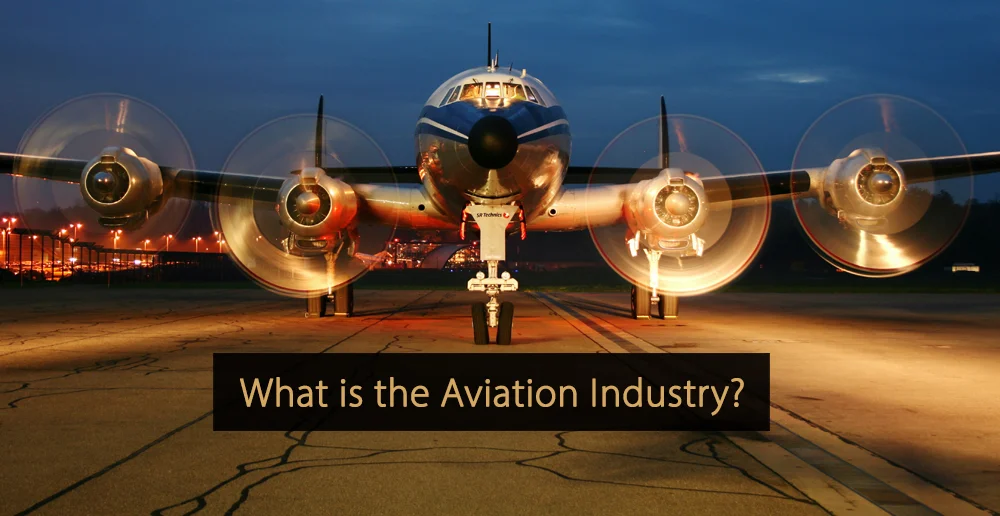



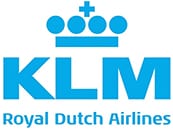

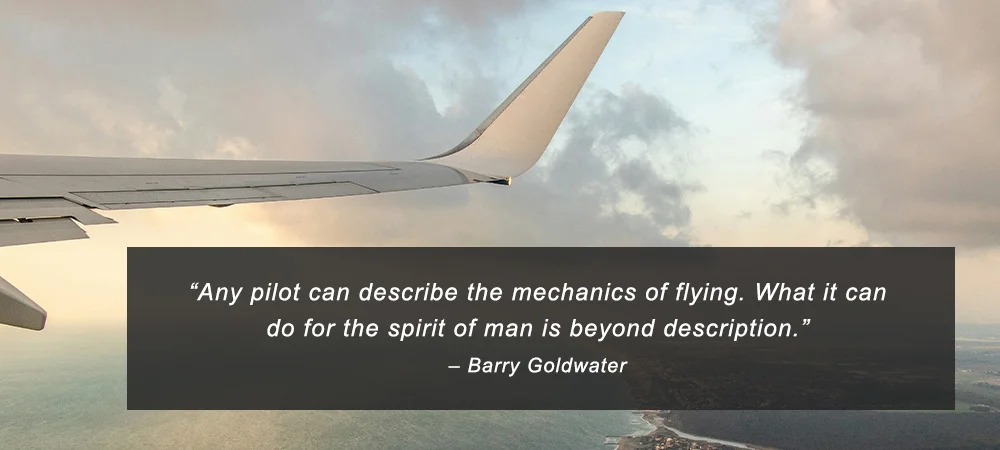


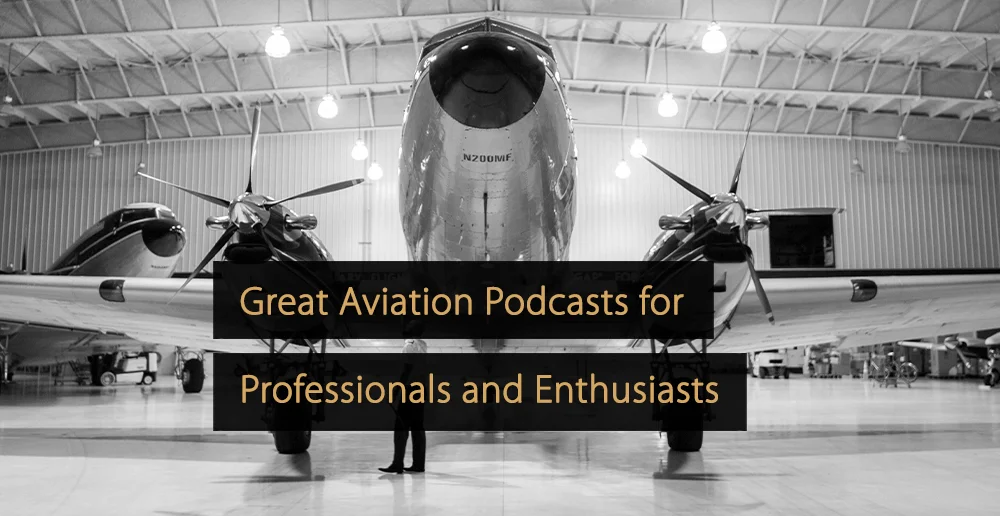

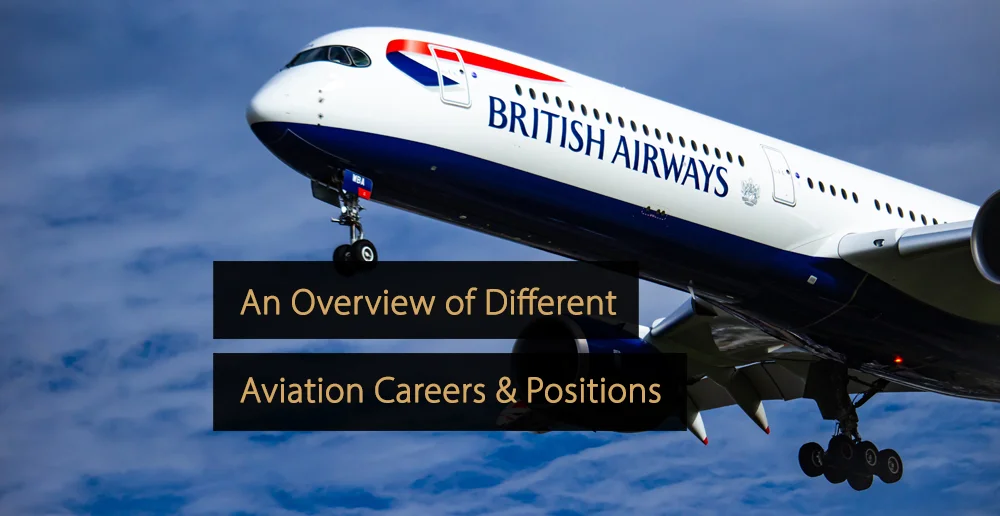

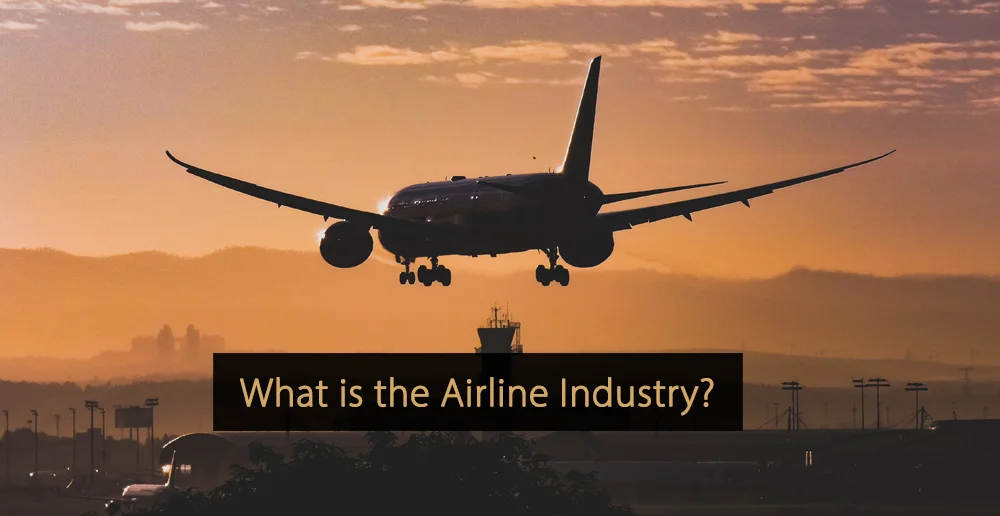
This is a very useful article about the aviation industry, thanks!
Thank you for sharing this blog. The aviation industry has many sections in terms of its importance in the industry. It is a highly demanded industry presently compared to the other industries. Apparently, when we talk about Aviation, many people think of the aircraft sector, but today it is broader than that, it is the study of Aerospace, Airline & Airport business.
Thanks for such useful info about the Aviation industry. I am writing a thesis and that would be really helpful to write my thesis if you share the references? Thanks!
Thanks for sharing the informative article about the aviation industry.
Thank you for this informative article about the aviation industry.
Thank you for sharing this information with us, through this article I know much more about the aviation industry. You guys are doing a marvellous work
It sure was nice when you said that the aviation industry has helped in creating jobs from pilots to cabin crews. This makes me think of business owners who are interested in establishing a type of business that can allow them to profit a lot. I could imagine how they could consider hiring an aircraft appraisal service could ensure that they will only pay for the value of the aircraft that they are interested in.
Very nice article about the aviation industry with a good information. Thanks for sharing. Also the rest of the blog contains interesting informtaion.Thank you so much.
I think this is the very first time I found out about the existence of airline companies which are solely focused on freight flights and are integral to ensuring seamless product delivery worldwide. I obtained a college degree a few months ago and am now looking for a job, preferably in the aviation industry.
Thank you for your fantastic guide; it includes good information. I work in the same industry, not in aviation, but we support the manufacturing process; we build Rolled Ring for the aviation industry.